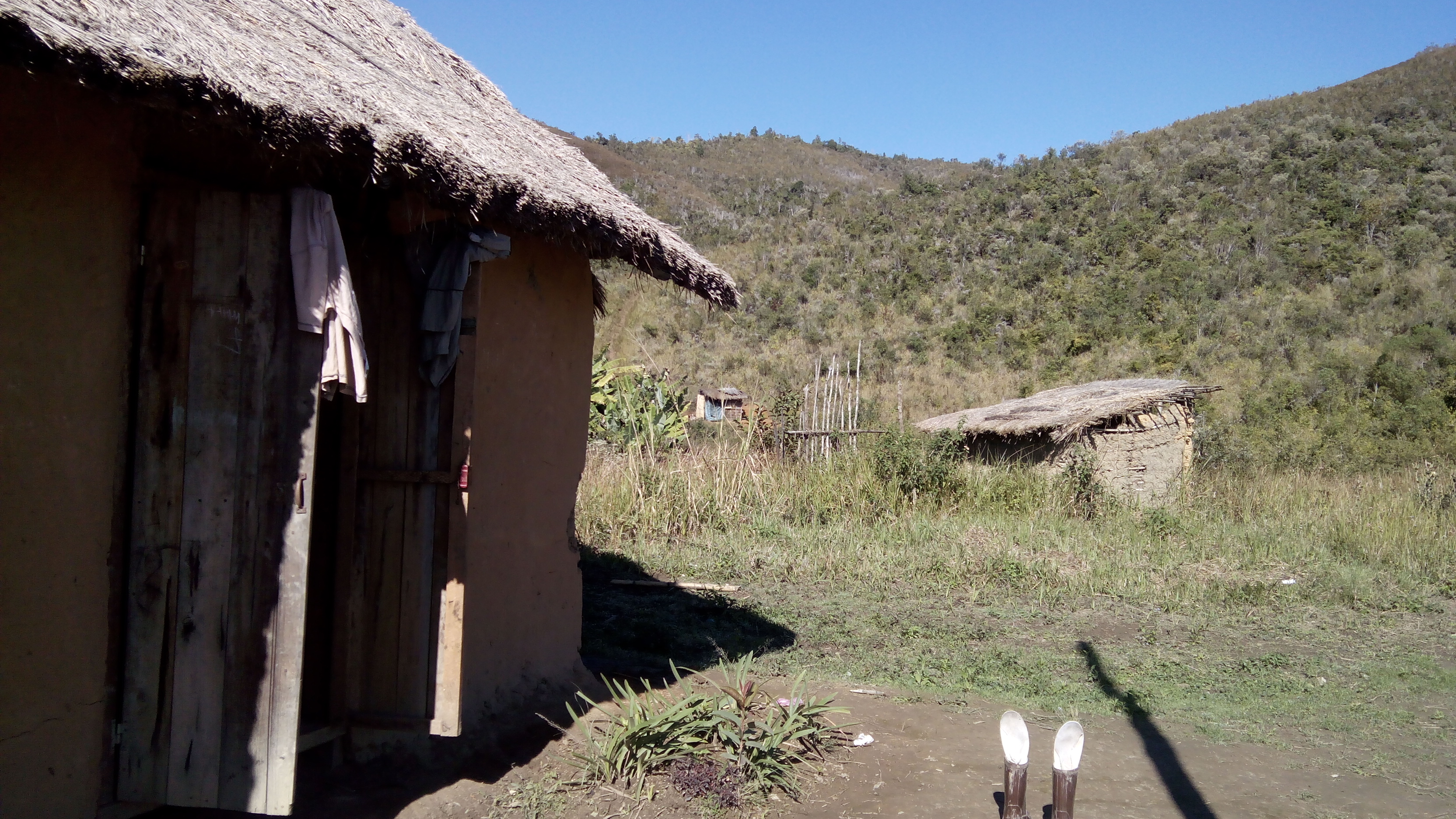Challenging fieldworks: lions or lice
31 July 2014, near Moramanga
Thinking of challenging fieldworks, I’ve had to come face-to-face with Maoist guerillas in the Nepali mid-hills (2001); been chased by wild elephants in Chitwan National Park in Nepal (2003-2004); come out safe from some of the most dangerous bus rides in Northern Ghana (e.g., bus ride along a two-lane highway in torrential rain without windscreen wipers!); survived drinking absolutely disgusting water from a puddle to avoid dehydration and collapse in the field at over 42°C; and had some close escapes from dangerous snakes and scorpions in Northern Ghana.
In most of the above situations, I also had to deal with poor hygiene issues occasionally, often related to poor quality of water and/or open defecation. However, in all my years of fieldwork, this is the very first time that I am seriously concerned of being ill due to poor hygiene — in some of our study sites in rural villages in Madagascar along the eastern rainforest.
Since November last year when I first travelled to rural areas in Madagascar, I have stayed in pretty bad places, hygienically, during my fieldwork for P4ges project. Not cleaning the dishes well before or after the meals seems to be quite common almost everywhere that we work here — even when water is not so scarce.1 Having seen how things are done, and how difficult it is to change people’s way of doing things (we need a whole new project on health & hygiene!), I just focus on the food in front of me and reassure myself that anything cooked in boiling water and that too for quite some time must be free from bacteria and other germs — of course I avoid thinking of how the dishes might have been washed!
Among other issues of hygiene, I think the experiences of field researchers in Madagascar of getting jiggers and lice are quite common, especially if you work with poor remote communities and have had to live in those communities during your work. Our field team is doing just that for the last few weeks, and for the most part we had managed to stay free or limit the cases of jiggers and lice in previous villages, through precautions and using some pretty strong sprays — until now that is.
The current village2 however beats all the bad places I’ve stayed so far hands down. We are staying in the only primary school building (really a hut) in the village, which seems to be infamous even among the villagers for being the place with some pretty potent jiggers. All of our team members have got jiggers and I have only managed to avoid them by wearing socks and boots at all times except when I’m in bed. Besides, we have joined the students’ benches to make our makeshift beds as high from the ground as possible so as to stop the jiggers getting into our beddings.

The only primary school building (hut) in the village and the door-less outhouse that comes with it.
I don’t think I’ve managed to avoid lice too but I think I have managed to minimise the risk with similar precautions, and especially by not going close to any items of clothing or bedding when I’m in the house of our respondents. Even when I know I have not got any jiggers, the sheer threat and the infamy that this school building exudes have made it hard to get any sleep for the past few nights — I may have avoided the jiggers physically but psychologically, it has been hard to do so.
To be honest, I had never worried so much even for the snakes, which I fear greatly, during my work in West Africa or in southern Nepal as I have for lice and jiggers during this fieldwork. In fact, when I decided to take up my current position, with considerable fieldwork, one thing that I thought was in my favour was that there are no big predators in Madagascar and even the snakes here are not so venomous. Of course I never thought to look into the jiggers and lice then. Having had to endure the constant fear of getting jiggers and lice now, I think I would much prefer working in places where there are lions around than there are lice and jiggers.
The only thing going for this village is that it has a hole-on-the-ground toilet next to the school, which is in an acceptable state (probably because nobody in the village seems to use it!) so we haven’t had to openly defecate as we did in few previous villages. It doesn’t have any door or even a flap though, so we just have to ignore the passers by when we are doing our thing there!
- You might ask why we haven’t tried to teach those preparing our meals about cleanliness and health — that’s another story altogether, which I might come to in another post later. ^
- I have withheld the name of the village for obvious reasons, but lets just say that this place is not very far from the town of Moramanga. ^